Surely you’ve heard somebody talk about milk braising a pork roast. I know I had, but somehow, even though I’d read and heard it was a really tasty way to prepare pork, I’d never actually done it. Plus, I’d simply pictured a curdled gloppy sauce. Who boils milk with any expectation of something pretty!
What I had were pork chops, not a roast. Time was at a premium that day (when I made this a couple of weeks ago I was deep in a quagmire of gift wrapping and Christmas card mailing), I quickly scanned through some recipes for pork and stopped at milk-braised pork. Hmmm. The original recipe I had would take too long, so I researched online and came across this extra-easy and quicker method (although it does take about 1 1/2 hours from start to finish) that was perfect for my timing.
I didn’t even print out the recipe – it was that kind of simple, although I did double check the cooking time and the last-minute saucing. The recipe came from about.com. the Southern Food section of that site, from Diana Rattray, who has provided most, if not all, of the recipes. And this is simple with a capital S! First you make a flour, salt and pepper mixture (and there is very little flour) and coat the chops. You shake off any excess. Into a hot frying pan they go (with a little oil and butter). Meanwhile, you use whatever amount of flour is left over from the dipping (not much) and use a whisk to combine it with some milk. You want to remove all the lumps. Once the chops are browned for about 3 minutes per side, you pour off most of the drippings, and add the milk/flour mixture, reduce heat to a simmer, and cover. It cooks for about 30 minutes or so, stirring every so often. You don’t want the sauce to reduce-down too much and burn.
Not realizing the nuances of the flour, I’d put a bit too much in the bowl, so I had to add additional milk so this mixture was soupy, not thick. If it’s thick it will likely burn and/or boil away. It won’t be pretty! If you have a low-enough burner, it’ll cook very gently. That’s the goal. After 20-30 minutes, you turn the chops over and add more milk. The amount can vary because of the flour amount used. I added just a little bit of my Penzey’s chicken soup base to add more flavor. Again, stir it around, cover and simmer for about another 30 minutes. During this time, check the sauce – if the gravy is too thick, add more milk, but don’t add too much. I added some dried thyme to this, as it’s my go-to herb when I want to add some flavor. Then you take off the cover and allow the pork to continue bubbling away, but the sauce will reduce and get thicker. In that time I quick-like made a salad and some mashed potatoes.
My DH thought he was back home as a kid. Growing up, his mother and dad had a housekeeper named Sarah, a loving Black woman who cooked and cared for the family nearly her whole life. She was from the South, and often cooked kale, turnip greens, black eyed peas and the like. This dish just reminded him of the meals she used to prepare. He wanted to sop up every single bit of the gravy (since I don’t make this kind of a meal very often).
What’s GOOD: how easy this was to make, although it does take more than an hour of just simmering – you want that pork to be fork tender. The sauce was lovely. It’s NOT a fancy sauce – it’s just milk, flour, salt and pepper, so don’t expect some deep character kind of gravy here. Do make some kind of carb (rice would be fine too, or even noodles) to eat with the sauce. I’ve added a note in the recipe about throwing in some mushrooms to this. I didn’t, but if I’d had any, I’d have used them in the sauce. Definitely a keeper of a recipe. Comfort food, for sure.
What’s NOT: probably the lengthy cooking – for pork chops, 1 1/4 hours is a long time to simmer. Hard to do with a table full of hungry children waiting. If you can plan ahead, by all means do it.
printer-friendly CutePDF
Files: MasterCook 5+ and Master Cook 14 (click link to open in MC)
* Exported from MasterCook *
Milk Braised Pork Chops
Recipe By: Adapted from about.com, Diana Rattray
Serving Size: 4
4 pork loin chops — about 3/4 to 1-inch thickness
2 tablespoons all-purpose flour
1/4 teaspoon salt
1/4 teaspoon freshly ground black pepper — or more, or seasoned pepper
3/4 teaspoon dried thyme — [my addition]
2/3 cup milk
2 teaspoons butter
2 teaspoons vegetable oil
3/4 cup milk — added at the end (may not need all of it)
1/2 teaspoon Penzey’s chicken soup base — or other paste-type chicken base
1 cup mushrooms, sliced (optional)
1. Trim excess fat from the pork chops.
2. Combine flour, thyme, salt, and pepper in a large food storage bag. Add chops; shake to coat them with the seasoned flour mixture. Remove chops from bag; pour remaining flour mixture in a medium bowl and gradually whisk in 2/3 cup milk. Whisk to remove any and all lumps.
3. In a skillet over medium heat, melt butter with the vegetable oil. Add pork chops and cook for 3 minutes on each side, or until browned. Pour off all but 2 teaspoons of the drippings. Add milk and flour mixture to the skillet. Stir well until it’s smooth, adding more milk if needed, so it’s a soupy sauce, not a thick one or it will burn during the braising process.
4. Cover, reduce heat to low, and cook for 30 minutes, stirring occasionally.
5. Turn the chops over. Add remaining milk and chicken soup base (paste); stir to dissolve; cover and cook 20 to 30 minutes longer, stirring occasionally. Add mushrooms, if you’d like to during this section of cooking. If the soupy sauce boils away too soon, add more milk and reduce heat.
6. Uncover skillet and cook the chops for about 15 minutes longer, or until the liquid is reduced to about 1/4 cup, or to your desired consistency.
Per Serving: 235 Calories; 12g Fat (48.1% calories from fat); 22g Protein; 8g Carbohydrate; trace Dietary Fiber; 64mg Cholesterol; 309mg Sodium.





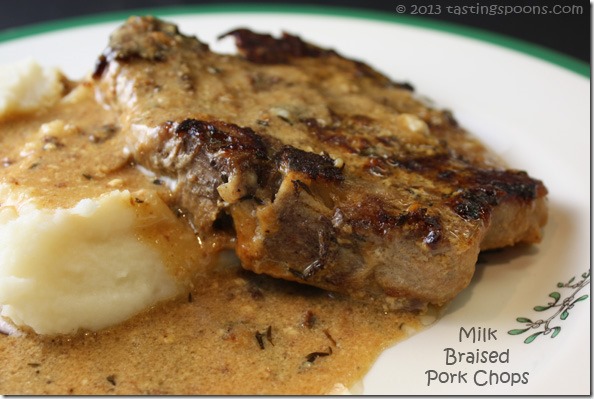

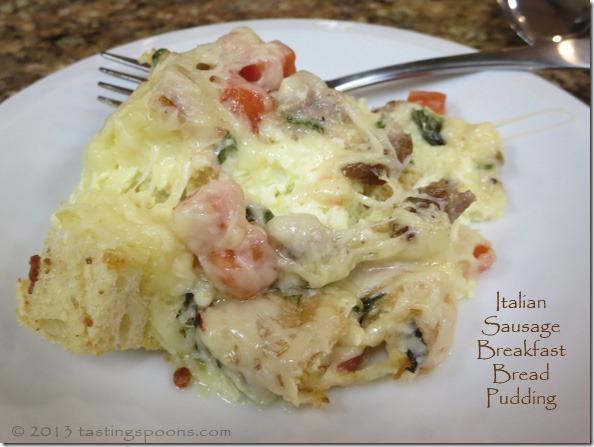
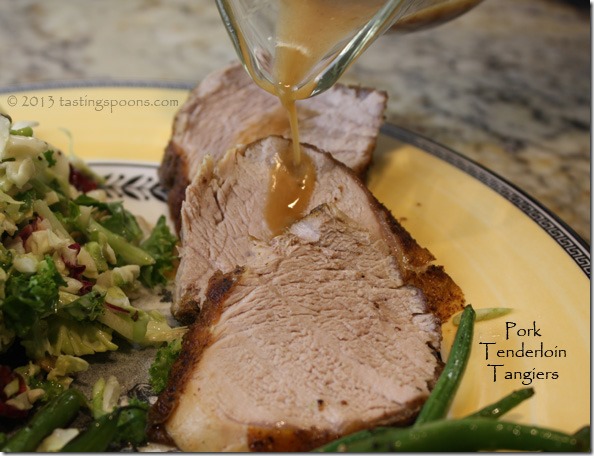
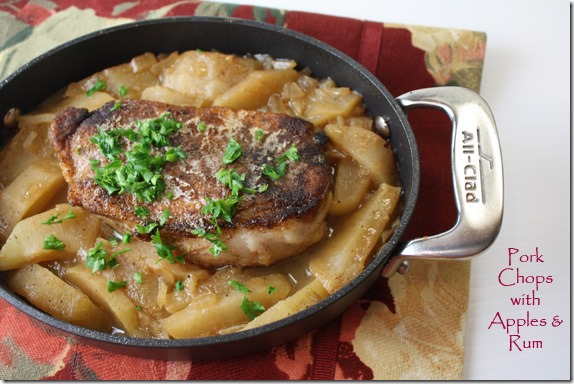
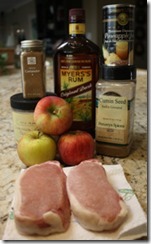
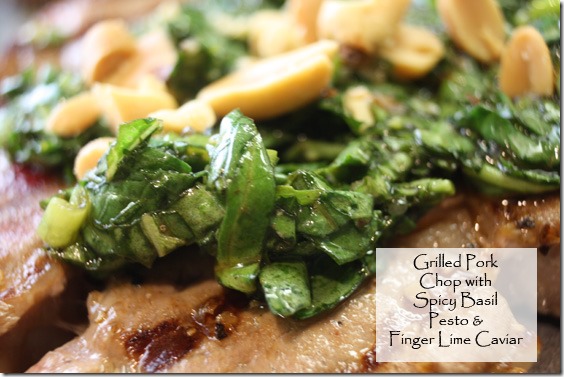


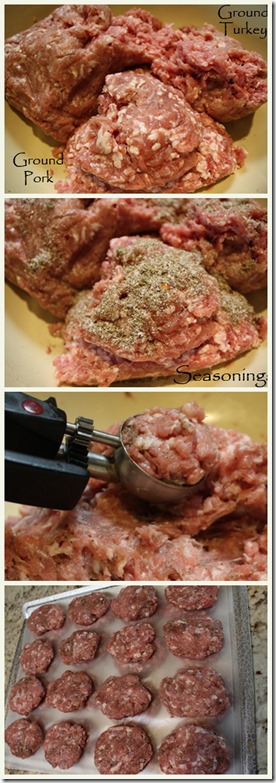

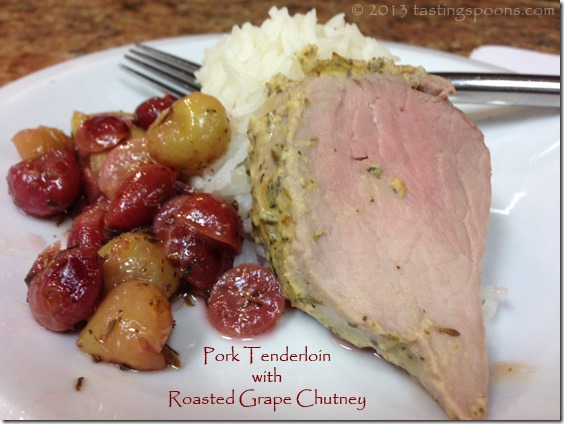
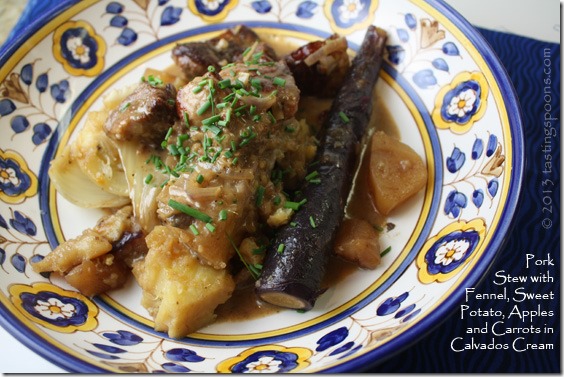
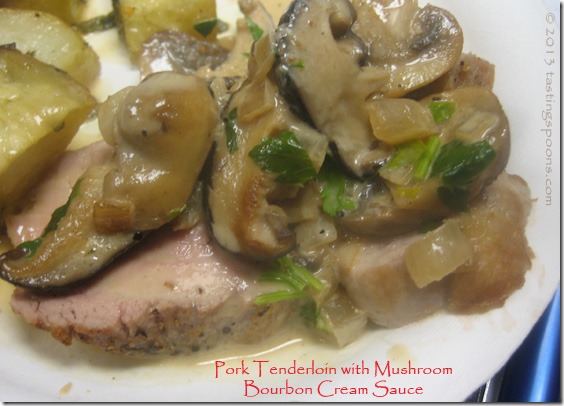
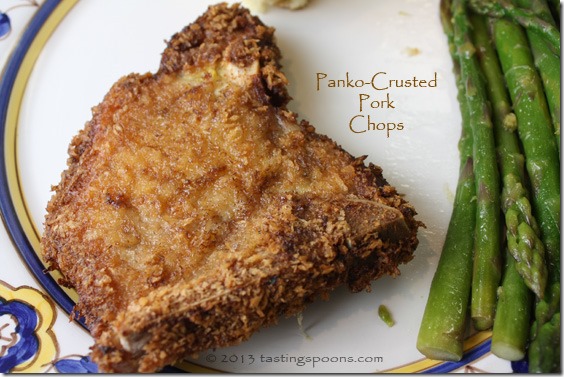
Leave a Comment!